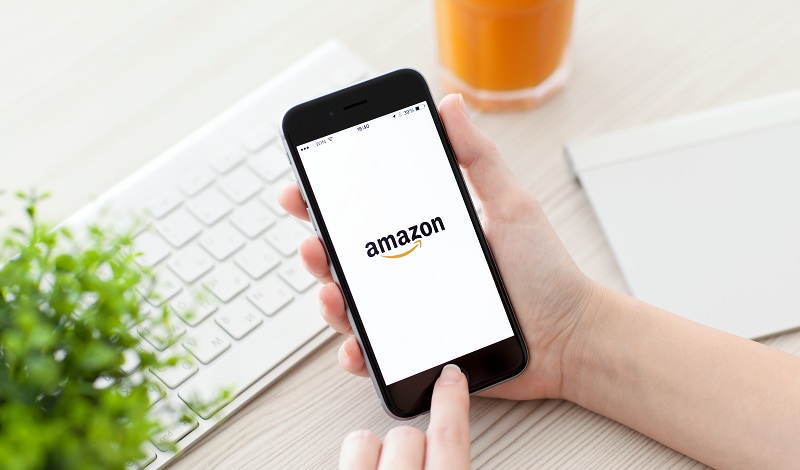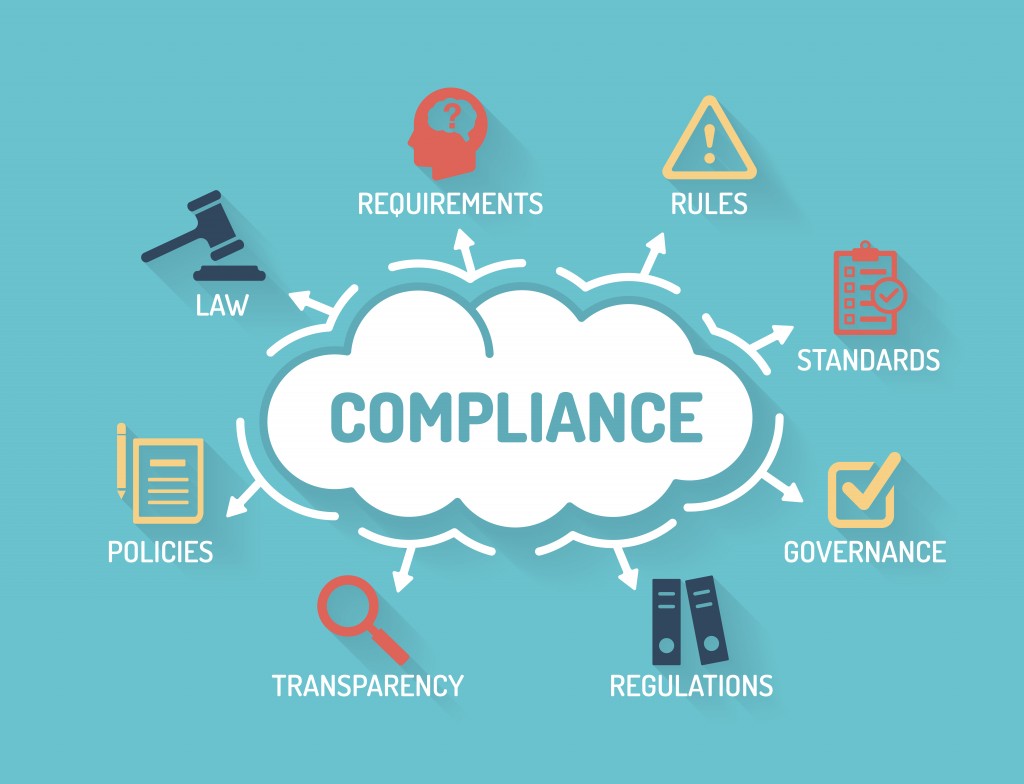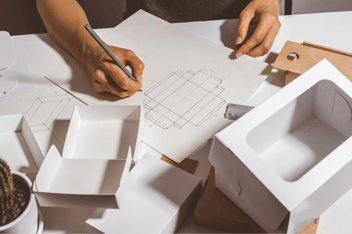Box Design Considerations for Amazon Sellers
Box Design Considerations for Amazon Sellers
When you visit Amazon’s website to search for an item to buy, how often do you type a brand name into the search bar?
Probably not very often.
If you're like most Amazon shoppers, you visit the site looking for a product, but not necessarily a particular brand. Instead, the choice is often determined by a variety of factors, including the reviews and the package design.
Have you thought about what prompts you to select a certain item on Amazon?
This article will give you insider knowledge to help differentiate your goods from similar items on Amazon so that more buyers will click “add to cart.” This information will also help arm you with more information that can prove useful when searching for retail product packaging companies who know the world of Amazon.
The Challenge Behind Product Packaging and Box Design
The strategies for selling retail goods on Amazon are a bit different than what you’re used to if you’ve been selling through your own website or store.
The buyers finding your product on Amazon’s marketplace aren’t relying on the same brick-and-mortar rubric of the past when making a purchasing decision. Because Amazon provides the traffic, taking the pressure off your marketing efforts, the real challenge is positioning your item to convert brand agnostic browser-shoppers.
Your first job is to determine whether your packaging and box design is aligned with what works best to get clicks on Amazon, or if you’re unknowingly losing customers to a company selling a similar product in a better box.

How People Shop on Amazon
People go to Amazon because they want to buy something.
CEO Jeff Bezos and his associates have done the hard work of getting eyeballs on your product. It’s up to you to convince customers yours is the one to buy.
The first thing most Amazon shoppers do is filter out poorly reviewed products. If your product isn’t averaging a four-start rating or higher, you’re immediately out of the running.
It’s no laughing matter when a poor experience for a few customers keeps a few hundred more from giving you a chance.
Packaging Quality Influences Your Product’s Ranking

What causes that poor experience?
Sometimes, it’s out of your control. Maybe the product just wasn’t what the customer was looking for.
But a common complaint is frustrating and ineffective packaging. This includes everything from goods that arrived damaged to having a nervous breakdown trying to get an item out of its blister pack.
Amazon has the data to back this up, and they’ve shared it with sellers. According to them, frustration-free packaging can reduce negative ratings by up to 73%. They also have the power to intervene if they notice a product receiving exceptionally negative reviews. If one of your customers reports product damage and its representative of a trend, Amazon can pull that product from its marketplace.
To make sure your ratings aren’t impacted by negative reviews due to damaged goods, ask your packaging printer to use drop and ship testing before you finalize your packaging design.

Using Packaging and Box Design to Differentiate Your Product on Amazon
It’s Amazon’s marketplace and you just sell in it.
While the potential audience is unparalleled, so is the competition. And it’s in Amazon’s best interest to surface the products that add value to their customers’ experience.
That means you have to get your product into the three-step cycle at the root of Amazon’s model: click, conversion, and feedback. The initial hurdle is getting them to click on your product.
Your packaging needs to be interesting enough to stand out from the endless competing options without compromising on function or structural integrity. Finding the right blend between the two is challenging. You can’t afford to appear derivative or uninspired, but you also don’t want to set yourself up for failure with an off-brand or unfeasible box design.
If you have a packaging printer, check to see if they have a structural engineer on staff. If they don’t, it may be time to start looking for a new box design provider capable of meeting custom needs. Using a structural engineer is critical to your future success on Amazon. They will help you identify the right design and the right materials for your budget. Generally, structural engineers understand what customers find appealing. If you feel like you don’t know the first thing about getting a prospect interested in your product on shelf appeal alone, then get thee to an SE.

Amazon Packaging Tiers and Compliance
Besides turning off customers, bad packaging can also eat into your profit margin.
The size of your packaging determines how much you’re charged by Amazon. It’s in your best interest to find the most efficient way to package your product.
This doesn’t mean you lose access to creative options, but it does mean you’ll have to look outside yourself and your company for the necessary expertise. It’s all part of the Amazon equation: you have to capture attention, deliver an undamaged product that’s easy to unpack, and inspire people to leave a good review.
Pay close attention to compliance requirements. Failing to do so can result in your packages not shipping. For example, if your product comes in a bag with a greater than 5-inch opening, you need to include a choking hazard boilerplate to stay in compliance. Amazon has a 30-page guide you can review for more detailed information about its guidelines for packaging and shipping inventory.
Selling on Amazon can be a great opportunity—in fact, it’s almost a requirement in today’s Ecommerce marketplace. But don’t take success with Amazon for granted. Enter an Amazon seller relationship with a solid understanding of how products succeed, learn from the mistakes of the products that drop into two or three-star rankings, and stay apprised of changes and trends affecting success in the marketplace.


